It was fascinating to go a Tudor Christmas event today. The house was decked with greenery, holly, mistletoe as befitting a Tudor house at Christmas. There was no Christmas tree of course. That was a Victorian innovation into Britain.
The best thing for me though was seeing the Christmas meals which would have been eaten by the different ranks in society.
Poverty in England was probably at its height in Tudor times. The poor people were reduced to eating bread made out of acorns and pottage, a vegetable or weed soup. Times were very harsh for the poor in 16th Century.
British social history at its finest, today gave a real feeling for the people, the plight of the many and the pampering of the few.


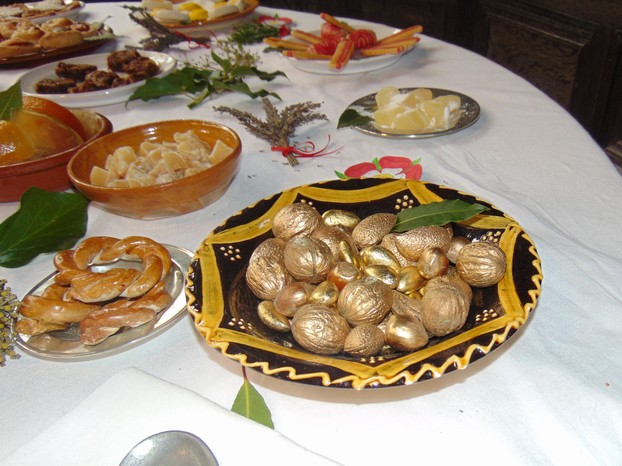
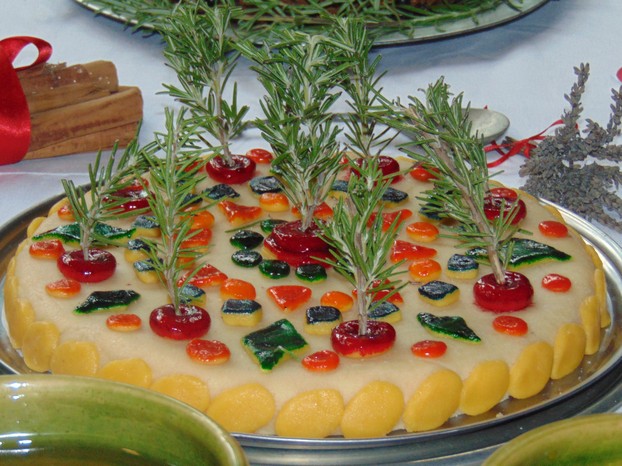
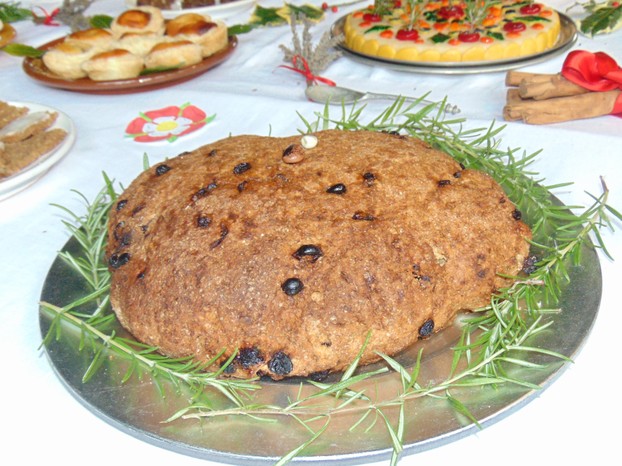
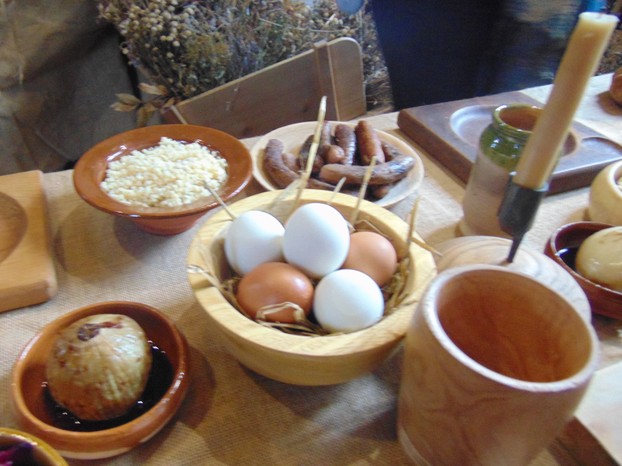
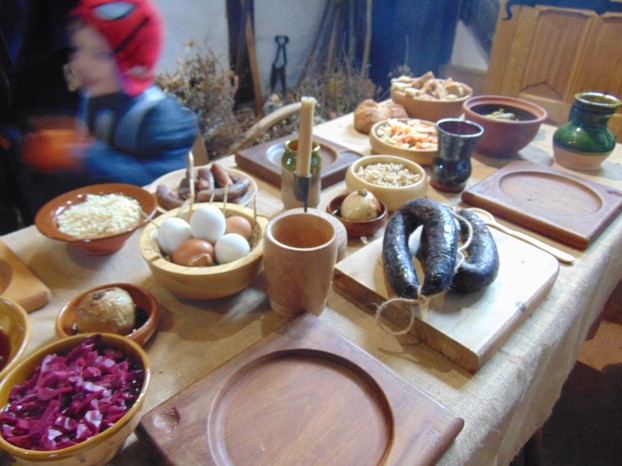
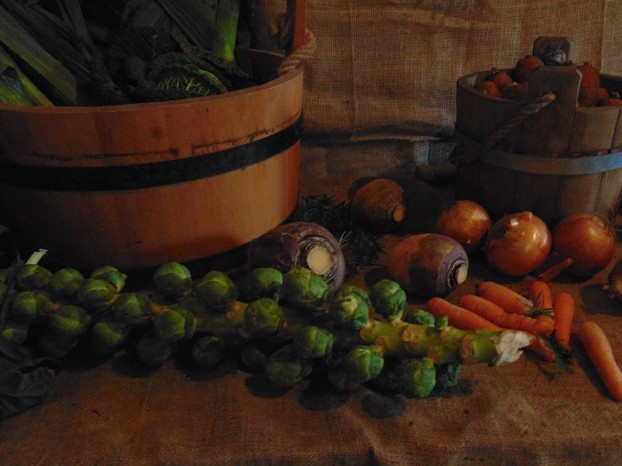
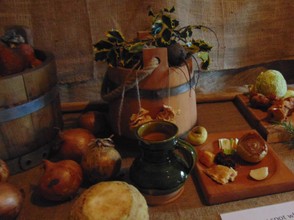
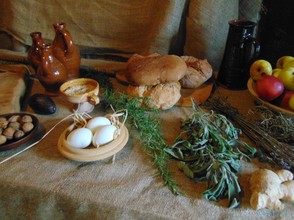
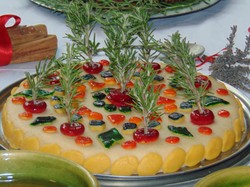

 Blarney Castle and Gardens, County Corkon 06/01/2023
Blarney Castle and Gardens, County Corkon 06/01/2023
 An Cóbh, Corcaigh, Eireon 05/29/2023
An Cóbh, Corcaigh, Eireon 05/29/2023
 Dublin ; The Book of Kellson 04/04/2023
Dublin ; The Book of Kellson 04/04/2023
 The Bee Tree Community CIC;- an online support communityon 08/24/2022
The Bee Tree Community CIC;- an online support communityon 08/24/2022
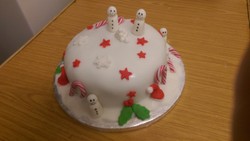
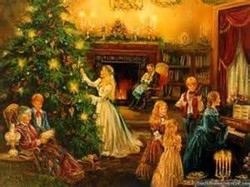
Comments
Please excuse me for putting a somewhat related, somewhat unrelated comment here.
Elsewhere, and the computer is about to go down, so I can't check it, I asked about the practice of rush-ing (= putting rushes on floors) in regard to the film The Last Duel, which is set in the late 14th century.
You and Frank discussed the possibility of wizzley-ing an article on rushes. I never got back to that article to say that I think it's a great idea. I hope big brother ;-D or little sister ;-D writes such an article.
Oops, here goes the computer!
Rush bearing ( Reed floors ) is discussed here
https://wizzley.com/rushbearing-at-gr...
Happy New Year Derdriu, dear friend,
This is possibly my most favourite place locally to visit. It is the highlight of my Christmas but has been shut for Covid 19 for the last two Christmas times
Regarding your questions
The English way of celebrating Christmas seems generally from Victorian times and follows Victoria's German husband's, Prince Albert's traditions. The tree idea is Germanic.
This harks back however to Iron Age Britons' traditions of burning a tree at Yule ( midwinter ). The remnant of this celebration is a Yule log, a delicious chocolate concoction. I made one for Christmas Eve and made sure my beloved friend/ big brother Frank got a large slice. He had to be quick because our Irish nephews in law would have eaten it all!
Middle English folk would have had reed flooring. I shall add a link to " rush " bearing i.e. reeds below for your information.
Veronica, Belated wishes to you and your family and to your brother Frank and his family for a Merry Christmas and a Happy New Year 2022!
So many -- if not all ;-D -- of your articles I go back to. This is among my favorites, what with the images so clear that I feel everything's on my table.
Previously, I meant to ask you why was it that Victorian Englanders decided upon the full tree as opposed to branches here and there? Was it a tradition that they saw somewhere else, what with lands overseas here, there, everywhere?
Also, somewhat related, somewhat not, what was it that Englanders used to put on their floors? Was it reeds?
Yes indeed and these things would be made into a thick stew - pottage … a link to the French name for soup potage
No ; fish cheeks were the left overs in Norfolk given to the fisherman's children before being thrown away.
Some vegetables used by the ordinary folk are now out of use. Fat hen and good King Henry are hedgerow plants in Britain, but are now not part of our diet, though they are relatives of spinach. Ground elder, chickweed,dandelion [not the stem], dock and nettles also provided food, along with several others Dandelion roots could be made into a drink, if you got enough. In Spring hawthorn leaves were sometimes eaten. Charlock was picked as a kind of cheap mustard. A Tudor forager who knew what to pick could find some nourishing pickings.
Interesting! Fish heads were and are considered a delicacy, and the cheeks were thought to be the best part of the head. Even today my Portuguese daughter-in-law cooks fish heads and expresses puzzlement that the British do not eat such a delicacy.
Another nourishing part of a fish is the eye, which is rich in vitamin C.
Katie
Thank you. It was a very informative day out which suits me just fine.
My husband's ancestors were North sea fishermen and used to give their children cod cheeks which were left over when the fish was filleted and sold . Now, I see cod cheeks on fine restaurants menus.
Tudor poor ate far healthier than the rich. My daughter and I were talking about just such a topic last night over dinner. Those living in fishing areas were made to eat lobster all the time as it was considered a poor mans food. Yes, while the rich ate chicken, the poor ate lobster. Children were embarrassed to take lobster sandwiches to school for lunch. Hence the famous line of a politician, "A chicken in every pot" Great article, your adventure sounds splendid.